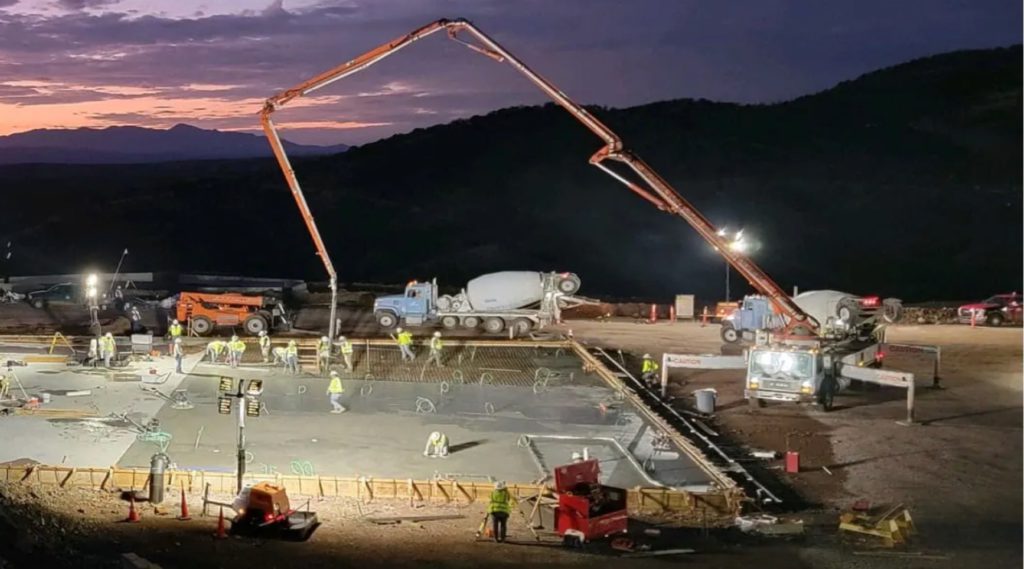South32 takes $1.3 billion charge on Arizona project


Australia’s South32 (ASX, LON: S32) announced on Monday a US$1.3 billion non-cash impairment expense on its Hermosa zinc-lead-silver project in southern Arizona, which will be reflected in its 2023 financial results.
The Perth-based miner said recent studies show Hermosa’s Taylor zinc-lead-silver and Clark battery-grade manganese deposits can be developed independently. For accounting purposes, this means the company needs to assess separately what was considered a single project.
South32 blamed high costs for steel, cement and electrical components for pushing up the price of developing the Taylor deposit, which is the largest asset within the Hermosa project.
It also said that since acquiring Hermosa, in August 2018, several factors have negatively impacted the value of the Taylor deposit. These include covid-19-related restrictions that curtailed development activity during 2020 and 2021, dewatering requirements that delayed the timeline to first production and a required US$365-million investment to access the orebody.
After the impairment, Hermosa’s carrying value at the end of June would be around US$1 billion, South32 said. The Taylor deposit’s would sit at US$482 million, but the carrying value of the Clark deposit and regional exploration land package would remain unchanged at around US$519 million.
“The Hermosa project has the potential to sustainably produce commodities critical for a low-carbon future, from multiple development options, for decades to come,” chief executive Graham Kerr said.
“We are disappointed by the delays resulting from the impact of covid, the significant dewatering requirements and current inflationary market conditions,” Kerr noted.
South32 added Hermosa in May to the US FAST-41 process, a legislation aimed at promoting faster development of clean energy assets and other infrastructure.
The company said at the time that the project was the country’s only advanced mine development as of 2023 able to produce two federally designated critical minerals — manganese and zinc.
South Africa, Gabon and Australia account for more than two-thirds of production of manganese, mainly used in the steel sector. Domestic output in the US — which once had mines in states including Virginia — ended in the 1970s.
South32 said separately that the feasibility study for the Taylor deposit was on track for delivery in the first half of 2024.
Work to date, the company said, has validated the potential for a zinc-lead-silver underground mine and conventional processing plant with a nameplate processing rate of up to 4.3 million tonnes per year.
The asset, it said, had seen a 41% increase in the “measured” resources category.
The company noted the Clark deposit could supply high-purity manganese sulphate monohydrate (HPMSM) for the electric vehicle (EV) supply chain in North America, providing a second development option at Hermosa.
The impairment overshadowed South32’s report of three annual production records in aluminum, copper and manganese as part of its June 2023 quarter results.
South32’a copper production jumped by 9% in the three months to June 30, while aluminum output rose 14% in the fiscal year 2023.
Base metals production also surged, registering a 17% increase for the year as the miner embedded the Sierra Gorda copper operation in its portfolio, while the Cannington zinc-lead-silver and Cerro Matoso nickel operations achieved revised guidance.
THIS ARTICLE WAS ORIGINALLY POSTED ON MINING.COM
Comments